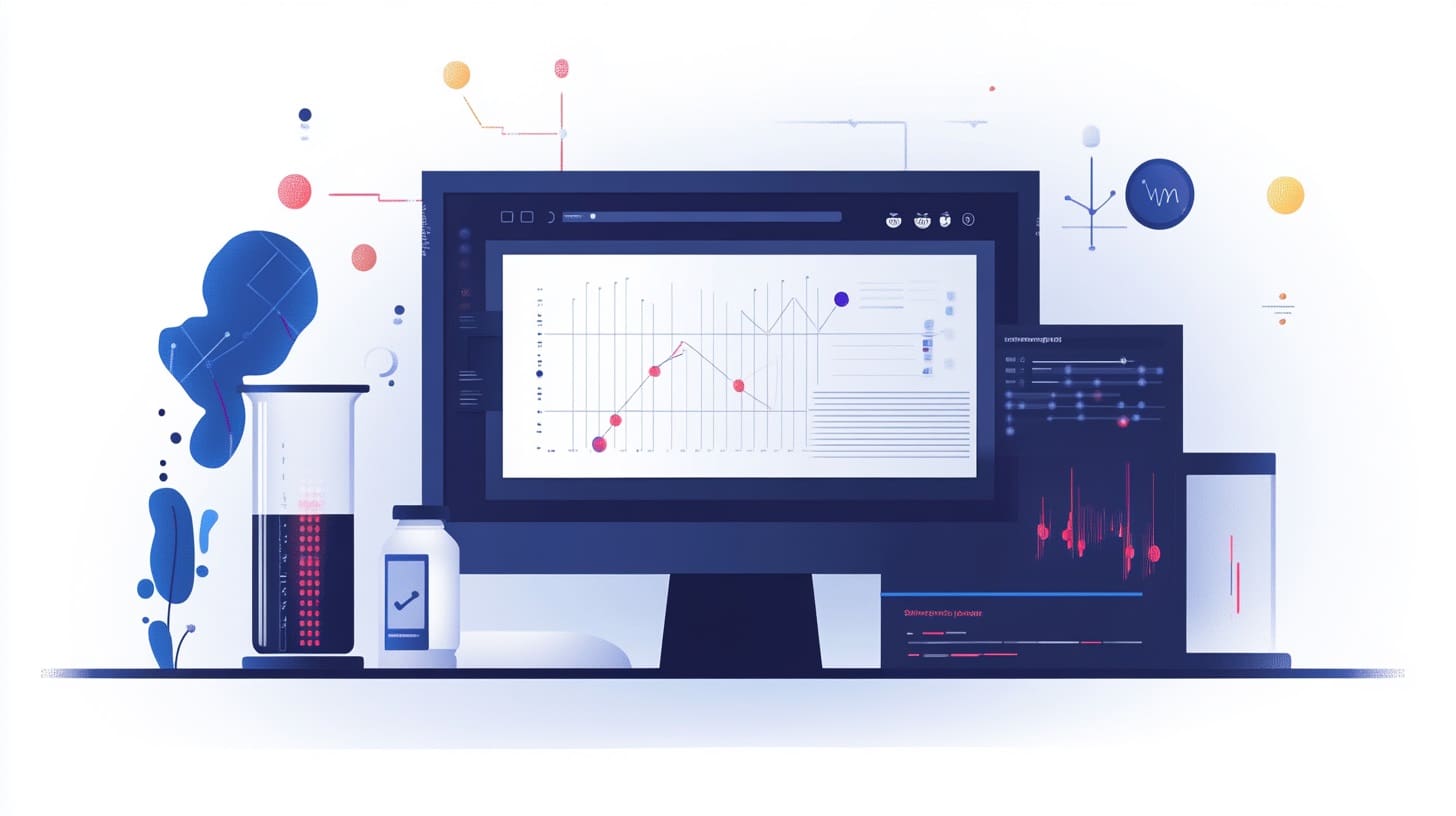3D printing is poised to revolutionize the pharmaceutical industry by offering more personalized medication solutions and introducing innovative drug delivery systems. This technology, also known as additive manufacturing, allows for the precise fabrication of complex drug forms, which can be tailored to fit the unique needs of individual patients. From custom dosage forms to novel drug release mechanisms, 3D printing is reshaping how medications are developed, produced, and administered.
Advantages of 3D Printing in Pharmaceutical Production
3D printing brings several transformative advantages to pharmaceutical manufacturing:
Customization and Personalized Medicine: 3D printing excels in creating custom medications tailored to patients’ specific needs, such as controlled dosages, combinations of multiple active pharmaceutical ingredients (APIs), and formats that cater to individual preferences and absorption characteristics.
Innovation in Drug Release Mechanisms: The technology allows for the development of complex drug-release profiles, enhancing therapeutic outcomes. Drugs can be designed to release their active ingredients at precise times or locations within the body, optimizing treatment effectiveness and minimizing side effects.
Cost-Effective Small Batch Production: 3D printing is economically viable for producing small batches of drugs, particularly beneficial for orphan drugs aimed at treating rare diseases. This capability ensures that patients with less common conditions have access to the medications they need without the traditionally high costs associated with small-scale drug production.

Key Applications of 3D Printing in the Pharmaceutical Industry
The applications of 3D printing in pharmaceuticals are both varied and promising:
Custom Dosage Forms: The FDA-approved epilepsy medication Spritam is one notable example. It uses 3D printing to create a porous formulation that dissolves quickly with a sip of water, making it easier to swallow.
Clinical Trials: 3D printing can streamline the drug development process by facilitating the rapid prototyping of dosages and drug combinations, which can be quickly tested and adjusted in clinical trials.
Polypharmacy Management: For patients managing multiple conditions, 3D printing can create a single polypill that includes all the prescribed dosages and drugs, simplifying complex medication regimens and improving adherence.
Innovative Drug Delivery Systems: Advanced drug delivery devices, such as implantable depots or patches, can be 3D printed with intricate structures that control the release rates of drugs over extended periods.
Challenges and Considerations
Despite its benefits, 3D printing in pharmaceuticals faces significant challenges:
Regulatory Challenges: Ensuring the consistency, quality, and safety of 3D printed drugs presents a new set of challenges for regulatory agencies. Each 3D printed batch must meet stringent standards, requiring novel regulatory frameworks.
Technical Limitations: The current speed and scalability of 3D printing for mass production are limited. Further, the available materials for drug printing need to meet strict pharmaceutical standards, which can restrict the range of applications.
Future Trends in 3D Printing for Pharmaceuticals
Looking forward, several trends are likely to influence the future of 3D printing in pharmaceuticals:
Technological Advancements: Continued innovation is expected to improve the precision and efficiency of 3D printers, expanding their use in drug manufacturing.
Expansion in Clinical Use: As the technology matures, 3D printing may become commonplace for producing personalized medications on-demand, potentially at pharmacies or directly within hospitals.
3D printing holds the potential to significantly impact the pharmaceutical industry by enabling more personalized, efficient, and innovative drug manufacturing and delivery solutions. As the technology continues to evolve, it promises to enhance patient care by making treatments more tailored and accessible. Stakeholders across the pharmaceutical landscape should consider embracing 3D printing to stay ahead in a rapidly changing healthcare environment.








